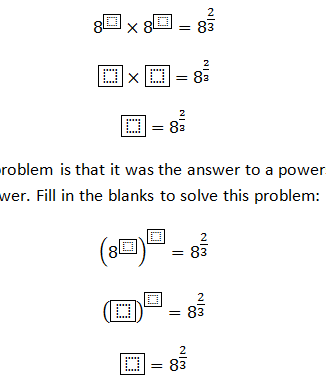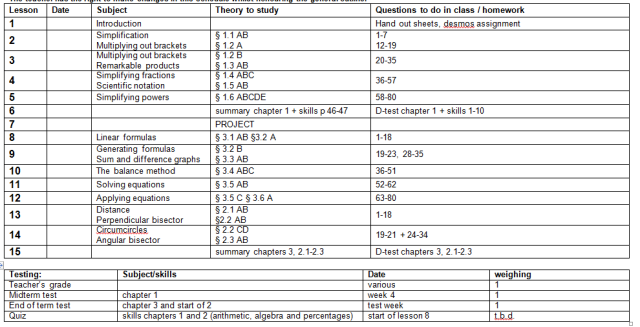In my last post I said that non-math questions were important and interesting to ask because of the discussions that can arise from them. In this post (and the next) I want to share other examples of non-math questions I’m asking in my class, because I’m curious what other non-math questions there are out there being asked so that I can keep developing in this practice!
This activity was adapted from one that the really wonderful Jim Noble created and shared with me at a workshop, based on interesting research done by Ipsos-Mori on the Perils of Perception.
This activity fits within any unit on percentage change, for example, as percentage error uses the same concept. Students work in groups to first estimate the percentage of the population of their country who are Muslim, and then to identify the percentage error of countries’ estimations. Along the way, great discussions pop up. Here is the activity:
Again, the non-math part — the part that connects to geography, history, current events — is for me the key element. For example, when discussing how students decided which numbers should math with France versus Australia, students offered explanations like:
- A lot of northern African countries (like Morocco) are former French colonies/protectorates, so there are a lot of Muslims who emigrate to France, because they can already speak the language. Woohoo, connections to History!
- France is close to a lot of Muslim-majority nations so it is logical that more Muslims live in France than in Australia, which is far away. A counter argument to that is that Australia is close to Indonesia, the world’s most populous Muslim-majority nation. That fact alone was really interesting for the students, who don’t realize this (though they should know more about Indonesia as it is a former Dutch colony and famous Indo-Dutch people include Mark-Paul Gosselaar [Zack Morris!] and Geert Wilders [ironic?]). Woohoo, connections to Geography!
- We hear a lot about Muslims in France, with things like the “burqa ban,” so since that’s in the news a lot, that must mean there are a lot of Muslims in France. Woohoo, connections to Current Events!
The great (sad?) thing is that you can connect this activity to current events no matter when you do it. I did this even earlier in the year, around the time of the Dutch elections, when Geert Wilders was decrying the Islamisation of the Netherlands and saying that he wants to ban the Quran.
I did it with a different class just a few weeks ago right around the time that controversy erupted because the head of the Amsterdam police force was considering reversing the ban on outwardly religious clothing for police agents in an effort to recruit Muslims (specifically hijab-wearing women) for a city that is 52% non-ethnically Dutch (and in which Islam is the second most popular religion; the most common being “none”) but boasts a police force that is only 18% non-ethnically Dutch.
There are so many rich conversations to be had here. You could avoid the Muslim issue altogether and pick a different issue highlighted in the Ispos-Mori survey (I always show the slideshow from Ipsos-Mori to wrap up the lesson — the kids LOVE making predictions and seeing how different countries react to all different things). You could discuss fake news. You could discuss the connection between percentage error and percentage change (so that rather than simply memorizing a formula, there is understanding of how these things work). The important thing is you can discuss.
So, what things are you discussing in math class?









